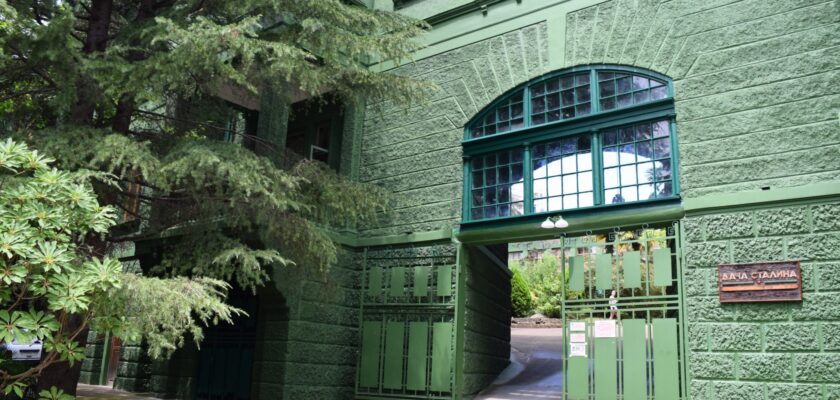Stalin’s Dacha in Sochi
Stalin’s Dacha is a house-museum located on the territory of the Zelenaya Roscha sanatorium in Sochi. Joseph Vissarionovich had about 20 personal residences, many of which served as summer dachas. But none of them has not become as famous as Stalin’s dacha in Sochi. It is not difficult to explain – it was here that Stalin and his family vacationed most often. It is said that this is due to the leader’s love for the Black Sea coast. Now the dacha has been turned into a museum complex – a real treasure trove of history for all lovers of the Soviet period.
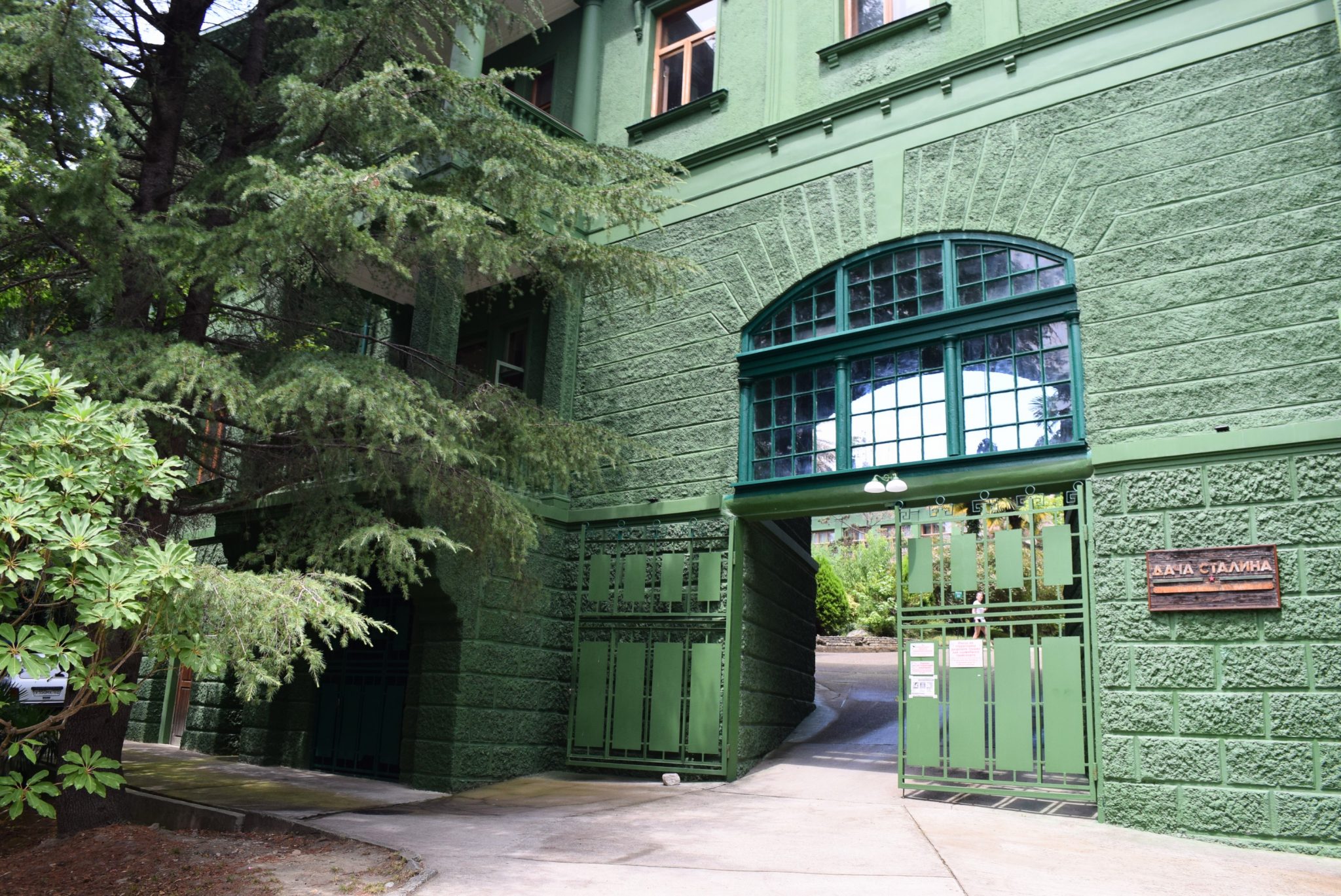
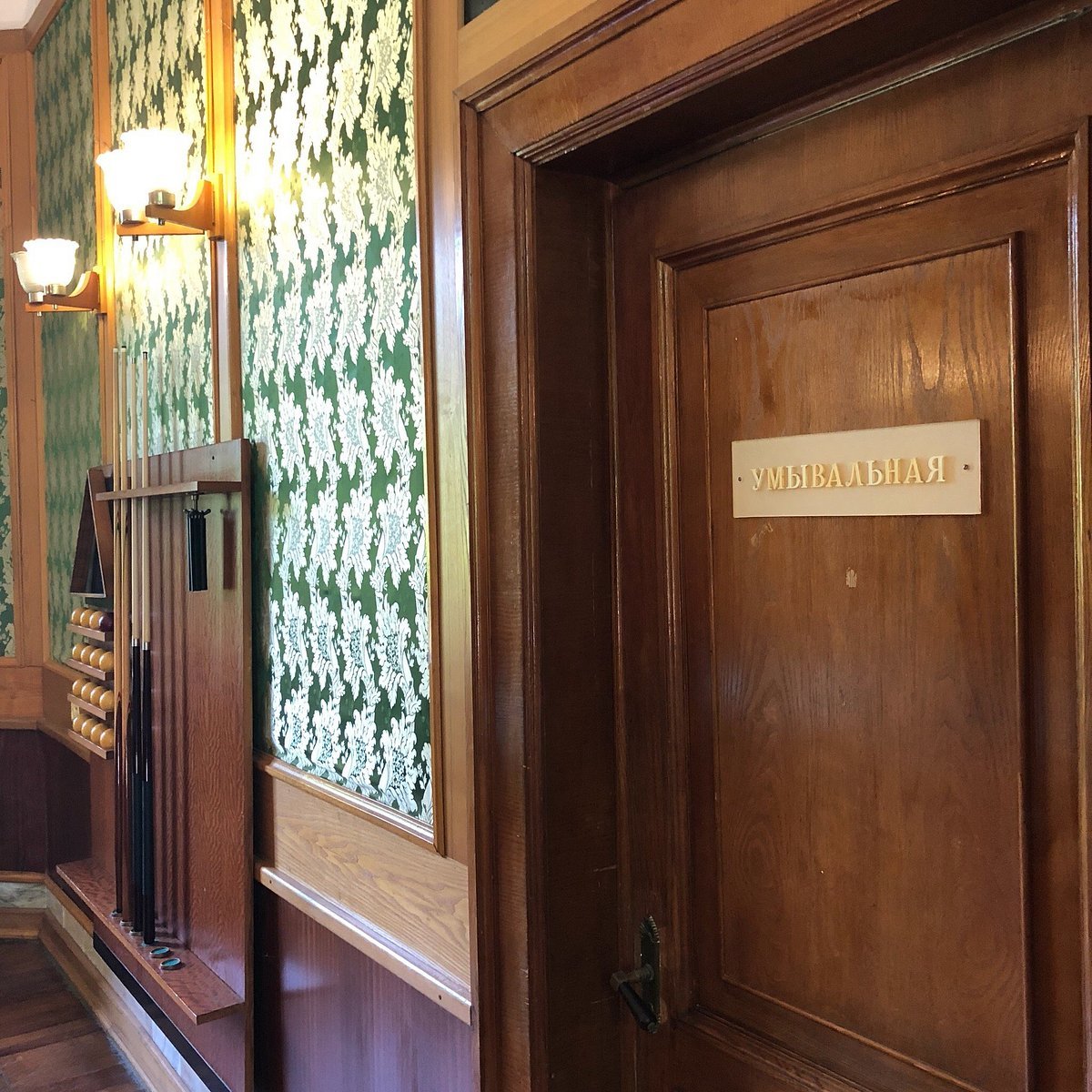
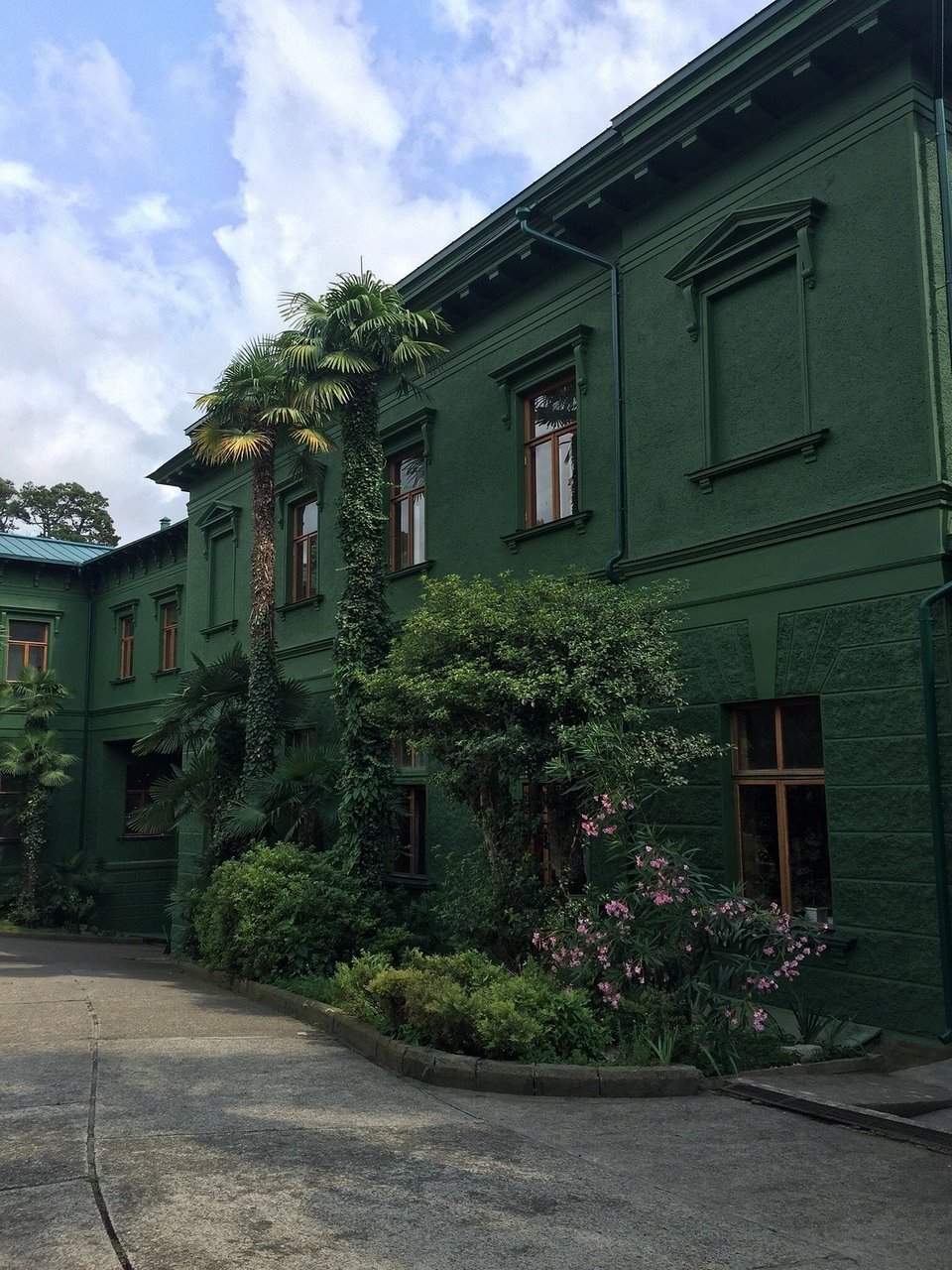
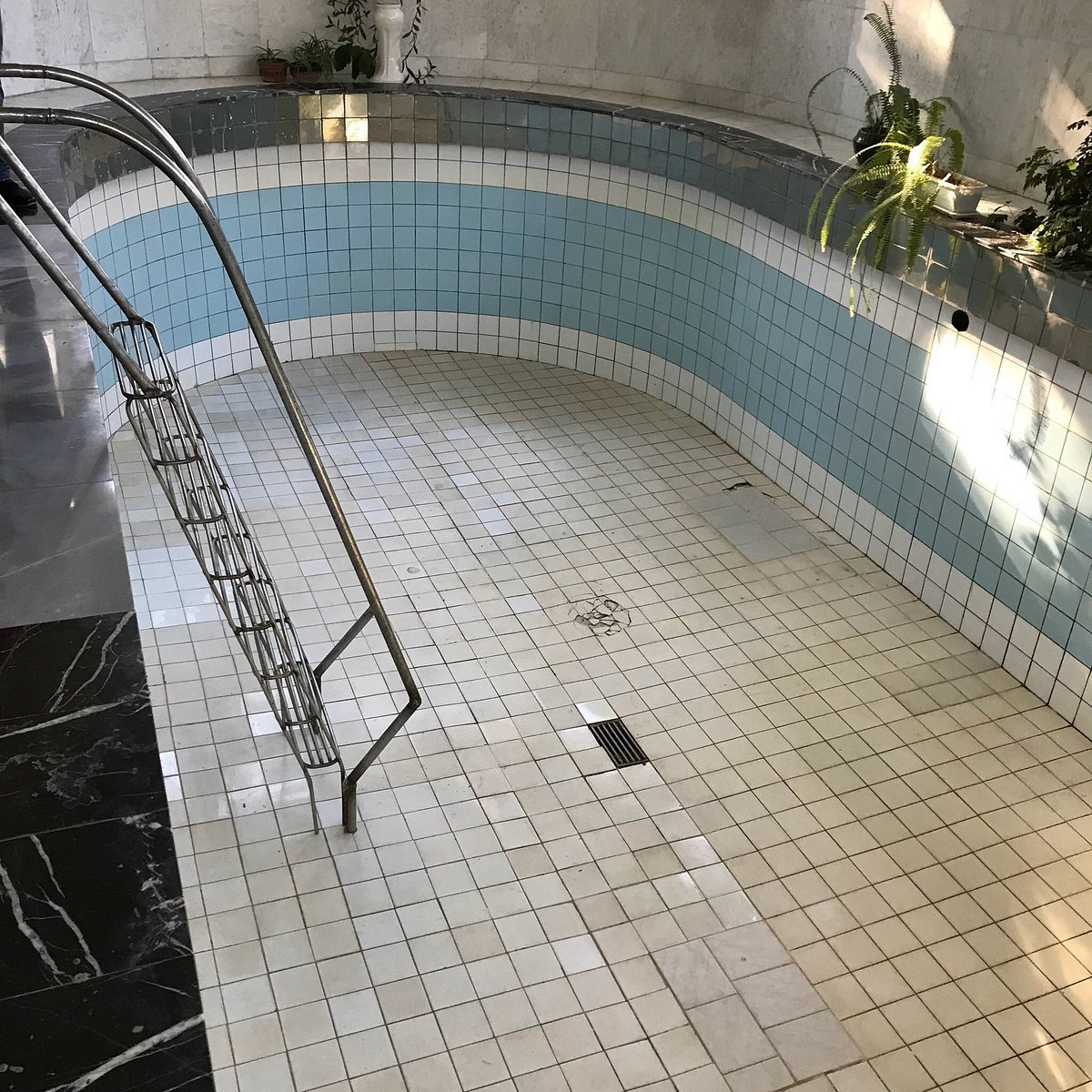
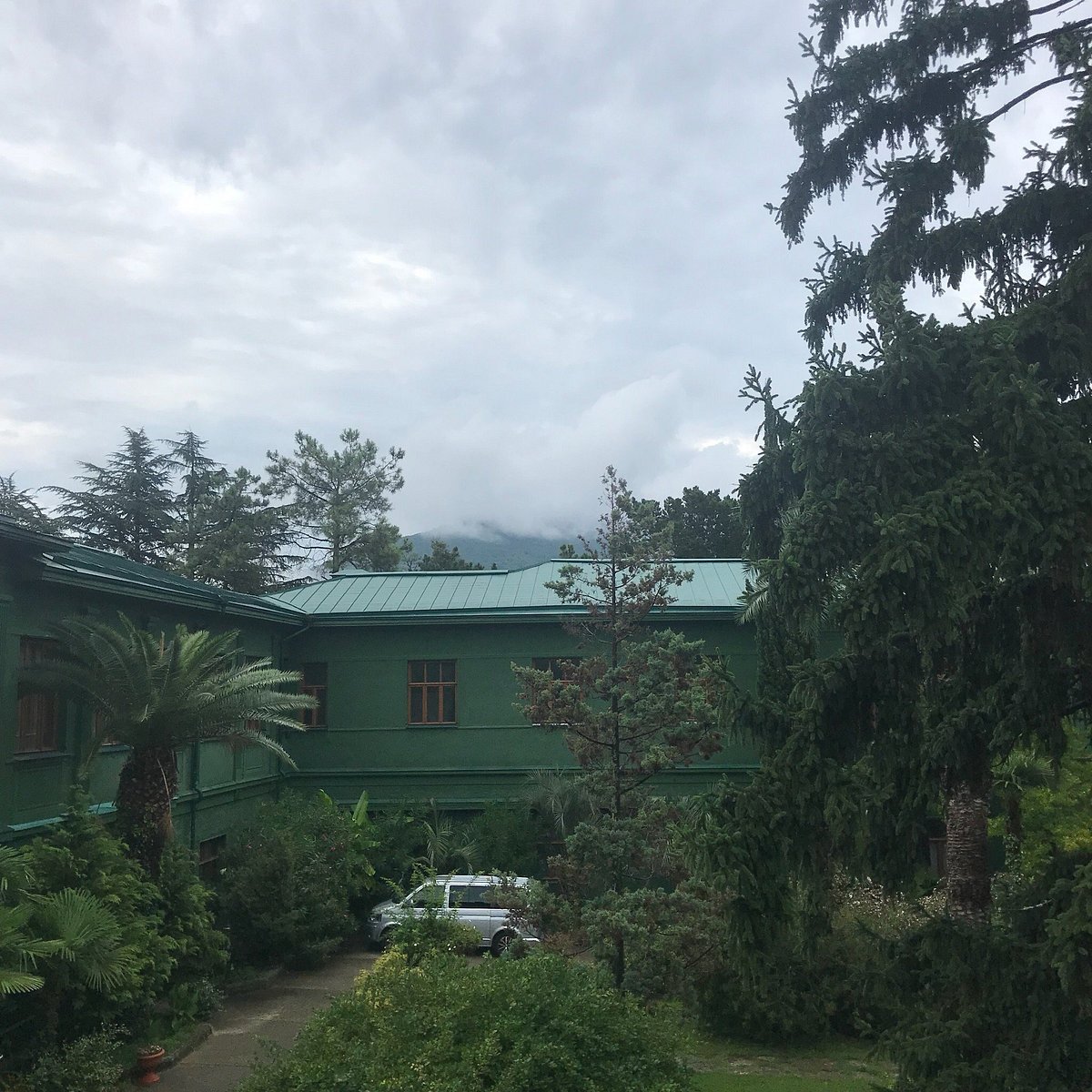
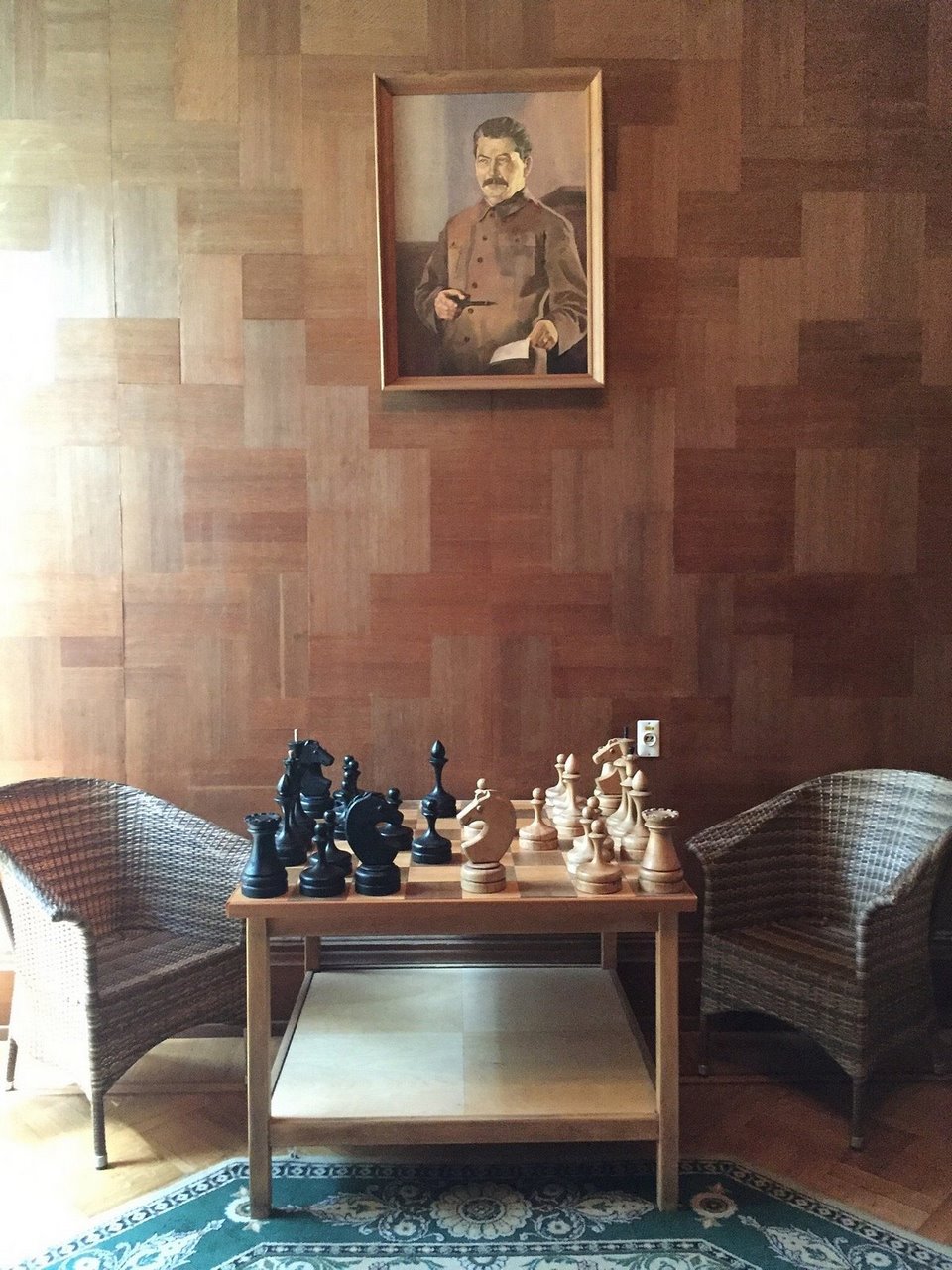
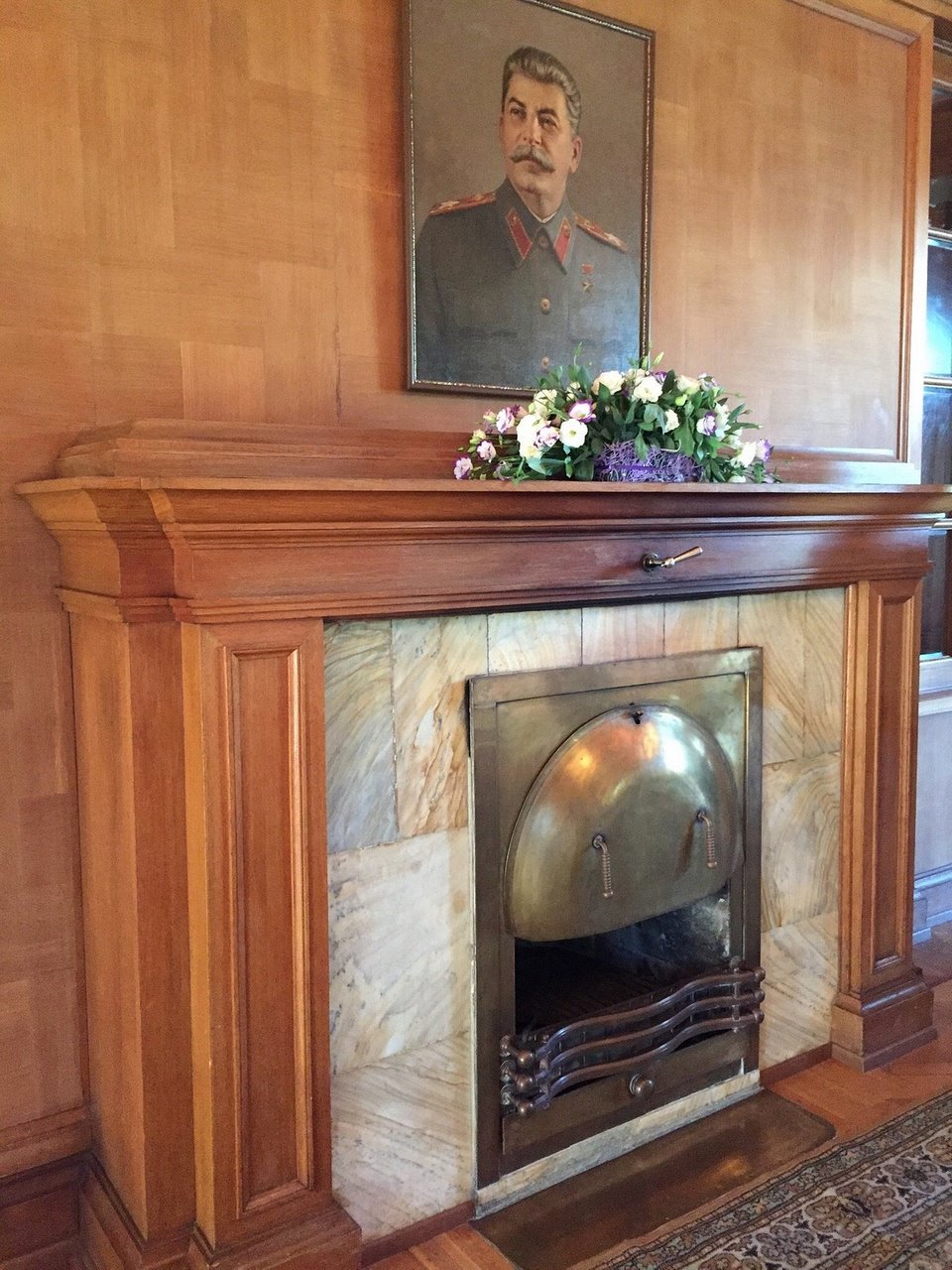
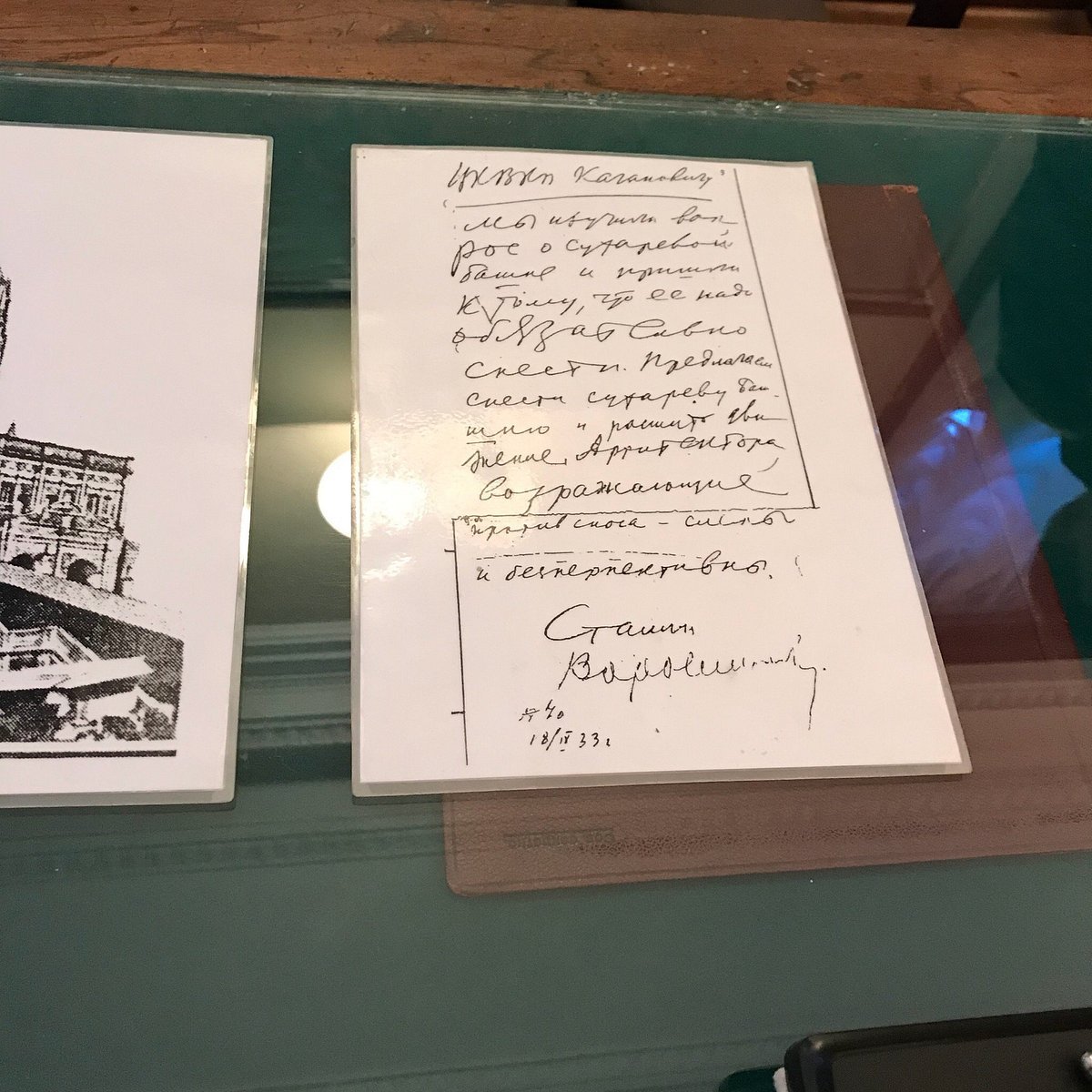
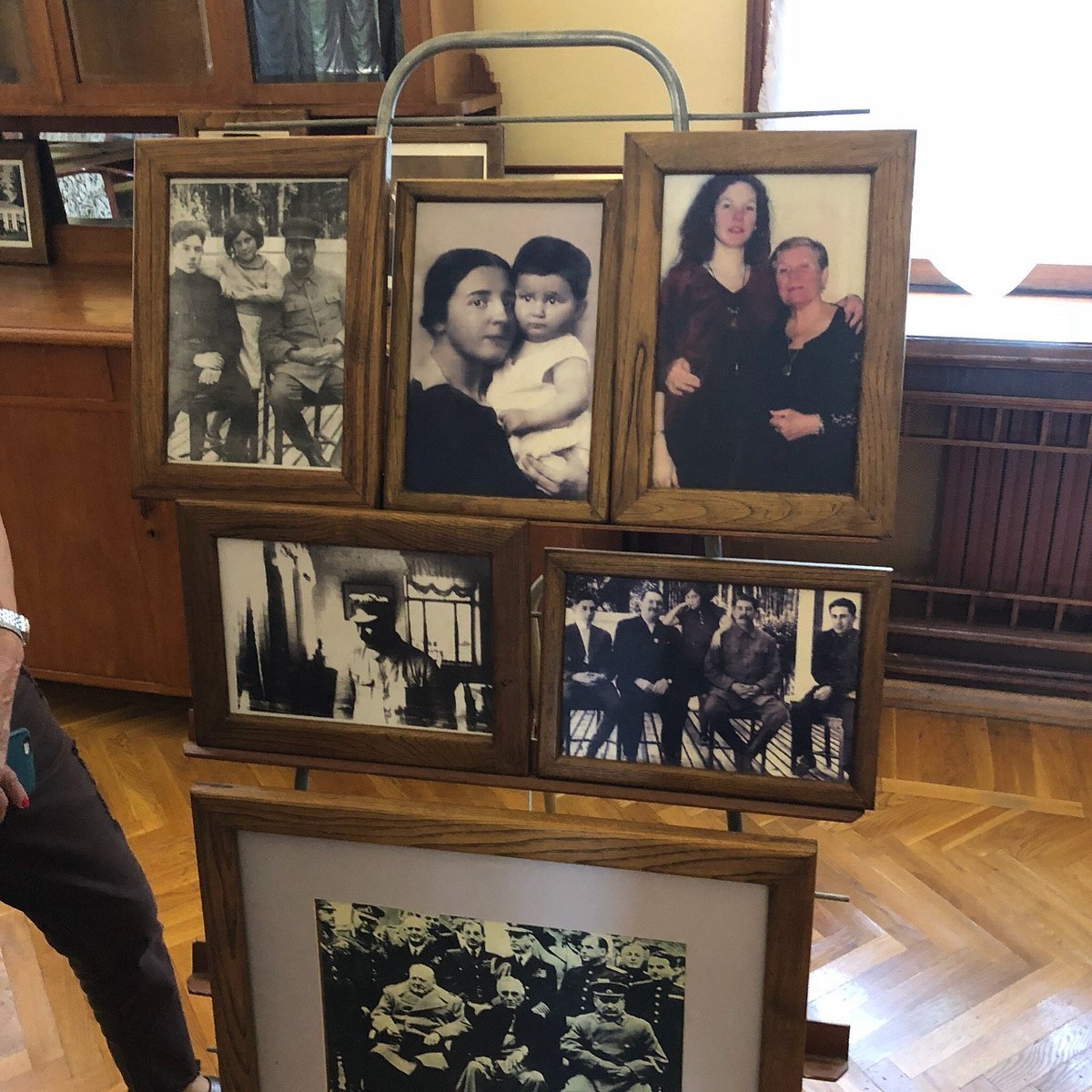
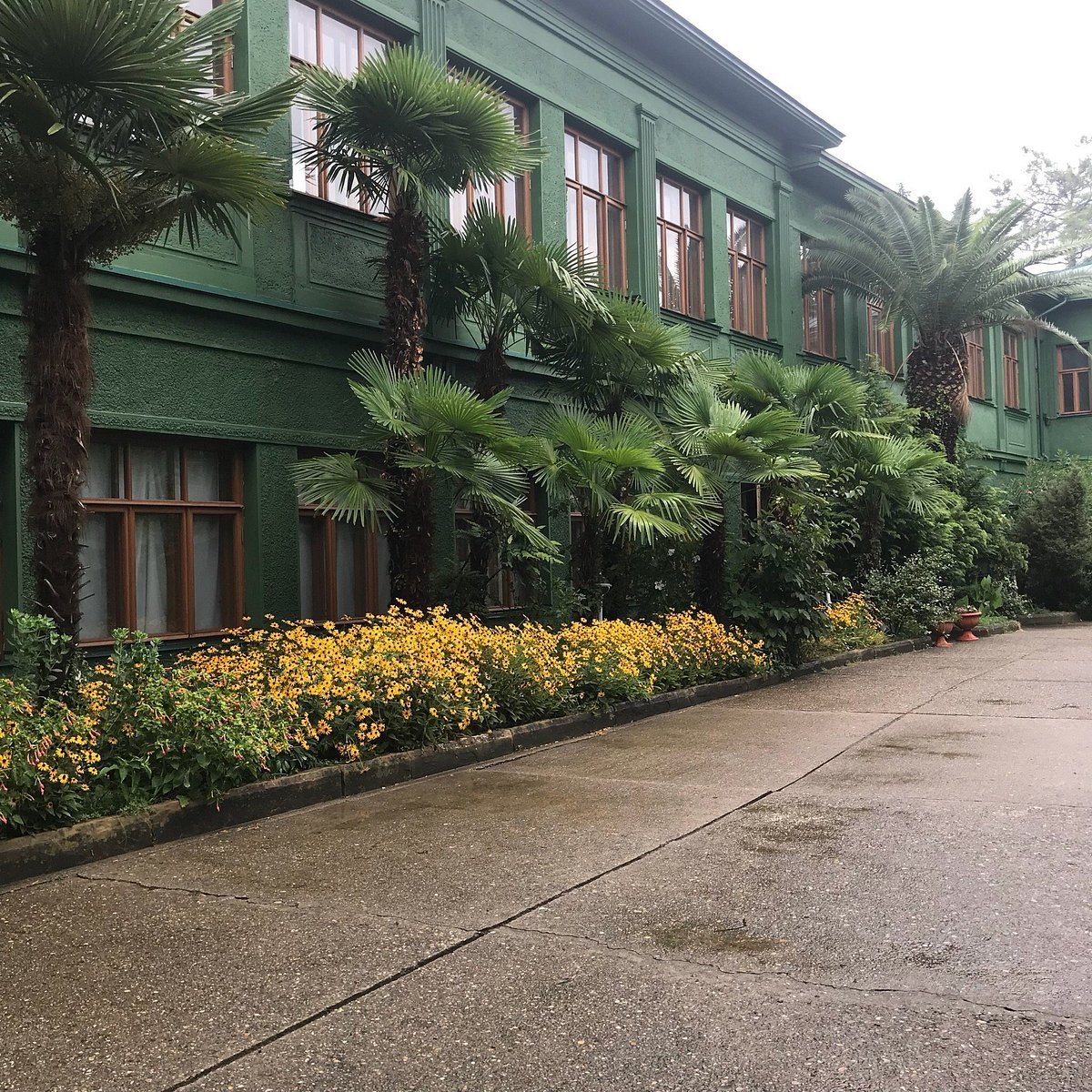
Video: Stalin’s Dacha
ContentsHistory of Stalin’s dacha
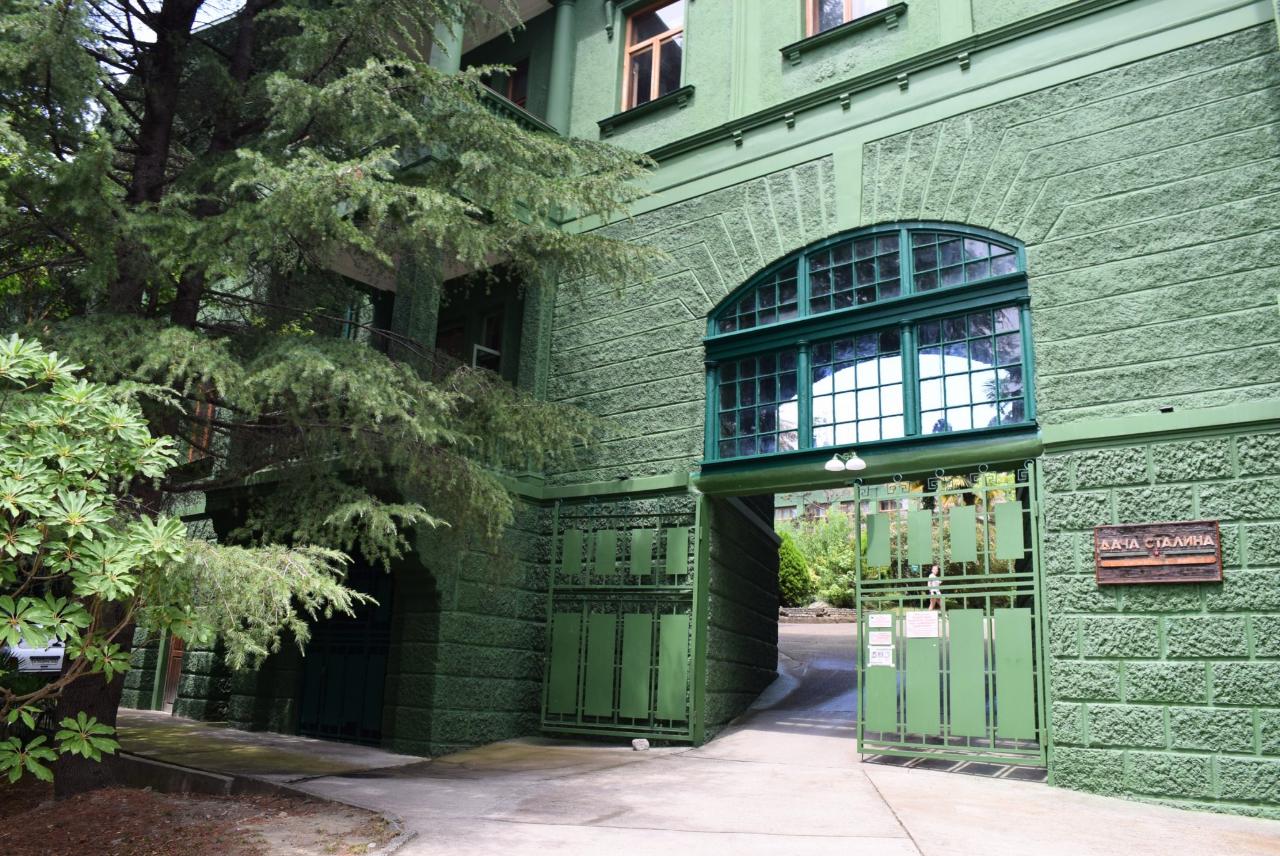
The place chosen by Stalin stands out not only for its safety, but also for its unique climate. Two air streams converge here – warm sea air and cold mountain air.
.
Previously, the Mikhailovsky estate was located on this site. After the revolution it was nationalized, but by the time of the construction of Stalin’s dacha building was completely empty.
.
The design and construction of the house was carried out by Stalin’s personal architect, Miron Merzhanov. He also designed residences in Kuntsevo and Abkhazia. In his work, the master tried to take into account all the needs of the leader – so, there is very little decoration (Stalin preferred an ascetic interior), and all the steps are made slightly lower than usual, so that the owner of the dacha was more comfortable to move. The yard of the dacha was covered with wood – also to make Joseph Vissarionovich was comfortable in his estate.
.
According to the memoirs of Stalin’s daughter Svetlana, regular trips to Sochi were a tradition for the family. It was in this residence that Stalin was annually treated for rheumatism, usually spending the period from August to October there. Svetlana visited the dacha with her parents in 1931, remembering it as a “small dacha”. However, in 1937 the “dacha” was completely rebuilt, replacing it with a spacious two-story building. After the war, one-story wings were added to it, forming the letter P. Then a second floor was added to the wings, so that the whole residence became two-storied. It is in this form that it has survived to this day.
.Soon, next to Stalin’s dacha appeared residences of other prominent political figures: Beria, Malenkov, Voroshilov, Molotov. Unfortunately, you will not be able to look at them, as the houses have not been preserved.
.
The new dacha had a swimming pool, which was filled with sea water. The water was brought in barrels. The recreation room, located next to the pool, was furnished quite simply: a couple of wicker chairs, a chessboard, a gramophone. This residence was equipped with a movie room and a billiard room. Such rooms were present at other Stalin’s dachas, because the leader appreciated both the movie and a good game of billiards.
.
The last time Stalin visited his Sochi dacha was in 1950. Since then, the building has remained virtually unchanged. First the dacha was on the balance sheet of the management of the CPSU Central Committee, then became the property of JSC “Green Grove”. The new owners tried to keep both the exterior and the interior completely unchanged. From time to time the house is repaired and renovated. But there was no need for a full-fledged restoration – the good building has been perfectly preserved. They say that so far they have not had to repaint the facade. The green paint still holds up perfectly even despite the Sochi sun.
.Now there is a sanatorium “Green Grove” next to Stalin’s dacha, and sometimes this residence is also called “Green Grove.”
.Exterior
Stalin’s Dacha is a two-story building of rather austere appearance. The facade is virtually unadorned. There are only rather simple brackets and rosettes, characteristic of Stalinist architecture. If your city has preserved low “Stalinka”, you already roughly imagine how the dacha will look like. The most striking differences between the dacha and apartment “stalinka” are balconies with columns and green color of the facade.
.
It is worth noting that the leader chose the shade not by chance – he wished that the residence was difficult to see. And since the region is immersed in greenery, the choice became quite obvious. The roof, by the way, is also green – so that the dacha is not visible from the air.
.Courtyard
Previously, the courtyard of Stalin’s dacha was lined with wood, but now it has been covered with asphalt for the sake of visitor convenience and durability. Many heat-loving plants grow here, including palm trees and the famous Pizunda cedars.
>
Now the courtyard is equipped with a kind of alpine slide with tropical plants. Many trees are planted along the house itself – they not only look beautiful, but also partially hide the residence from prying eyes.
.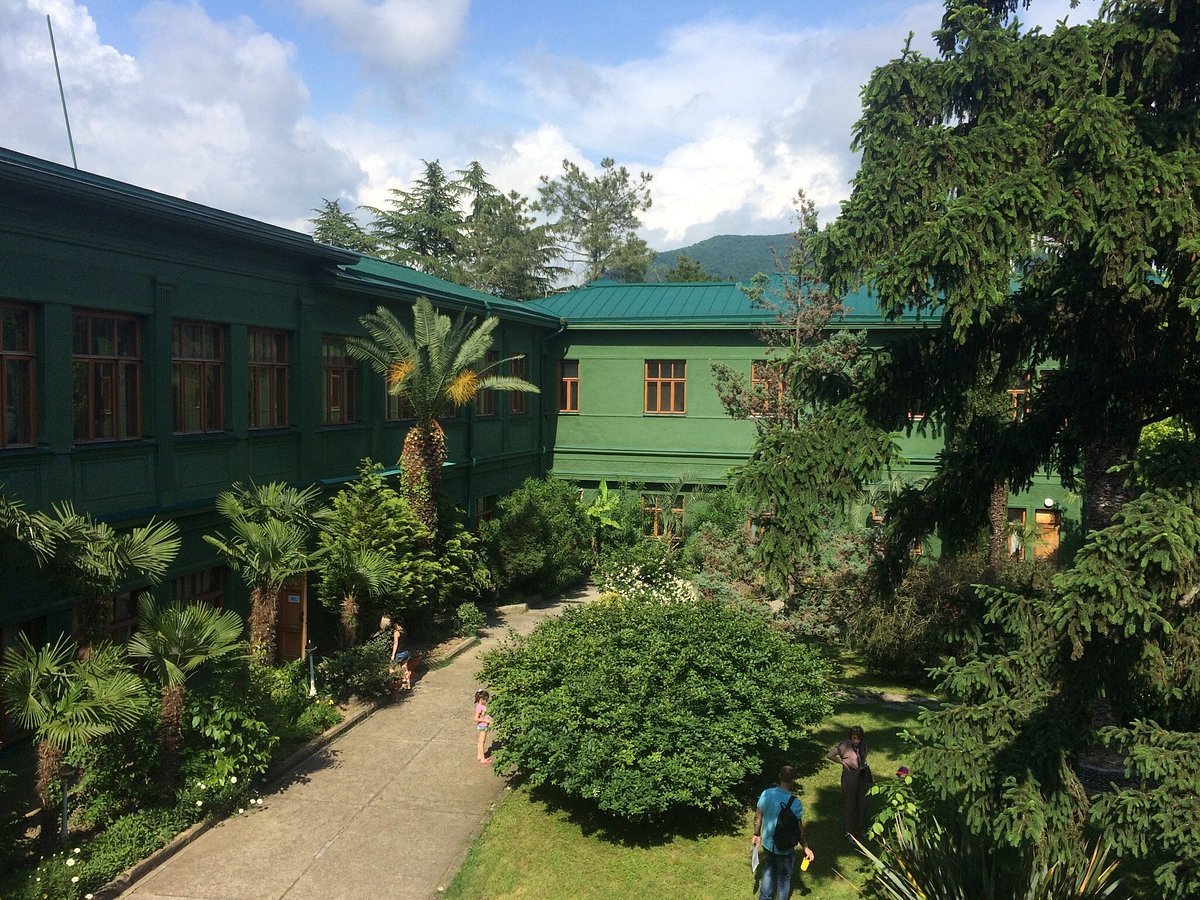
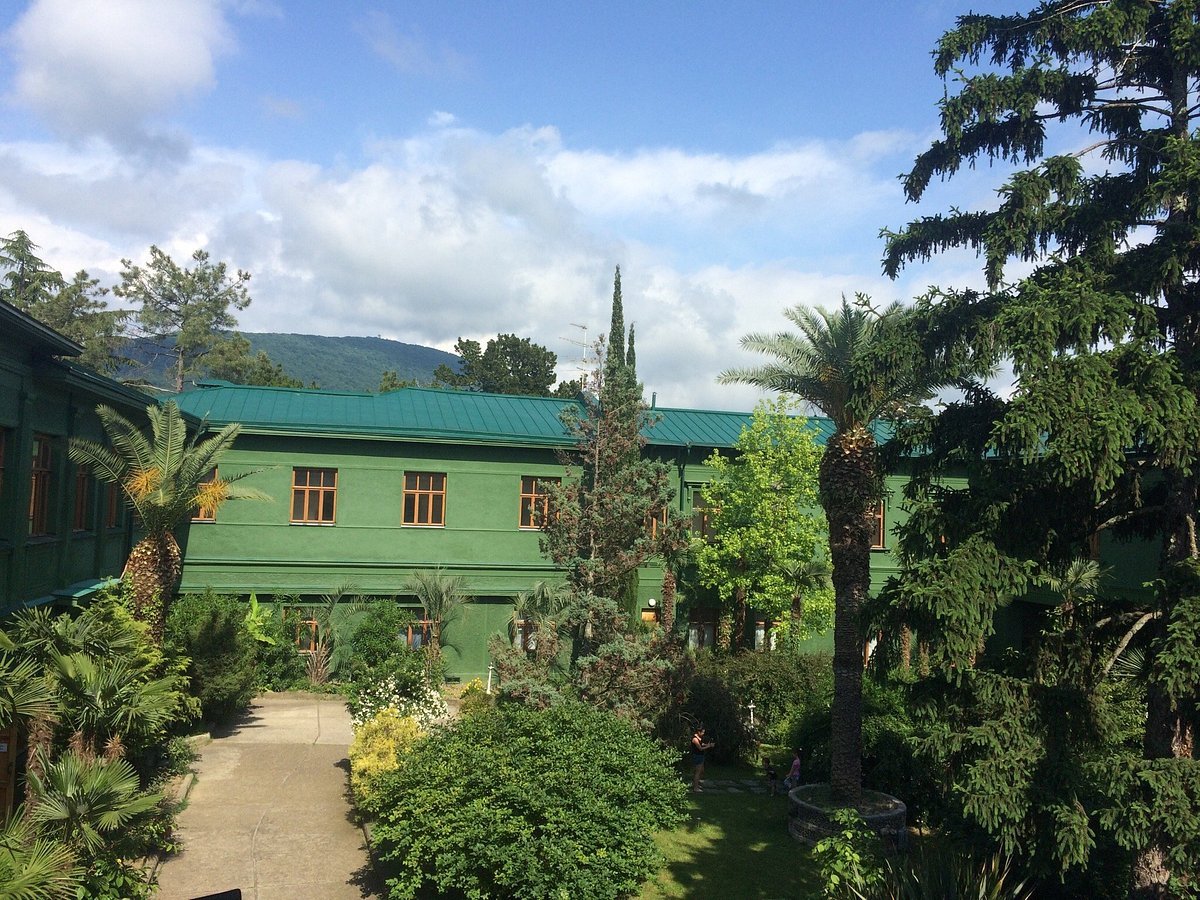
Interior
Stalin did not like excesses in the interior, so the rooms are furnished rather ascetic, at least for a prominent political figure. Children’s rooms, study, billiard room – all quite simple, although the interiors can not be called modest, they are rather laconic. There are no expensive paintings, works of art, flamboyant furniture.
.The most solemn and beautiful room of the house – the fireplace room on the second floor. There Stalin and his family hosted dinners, to which other members of the Politburo were often invited.
.
In the study visitors are in for a surprise – at the table sits Stalin himself. Wax, of course, but from the surprise many take the figure for a real person. Perhaps because of the impression of this wax figure, visitors to the museum began to see here and there the ghost of the leader. Be sure to ask the guide about it, he will probably have a couple of interesting stories about the ghost.
.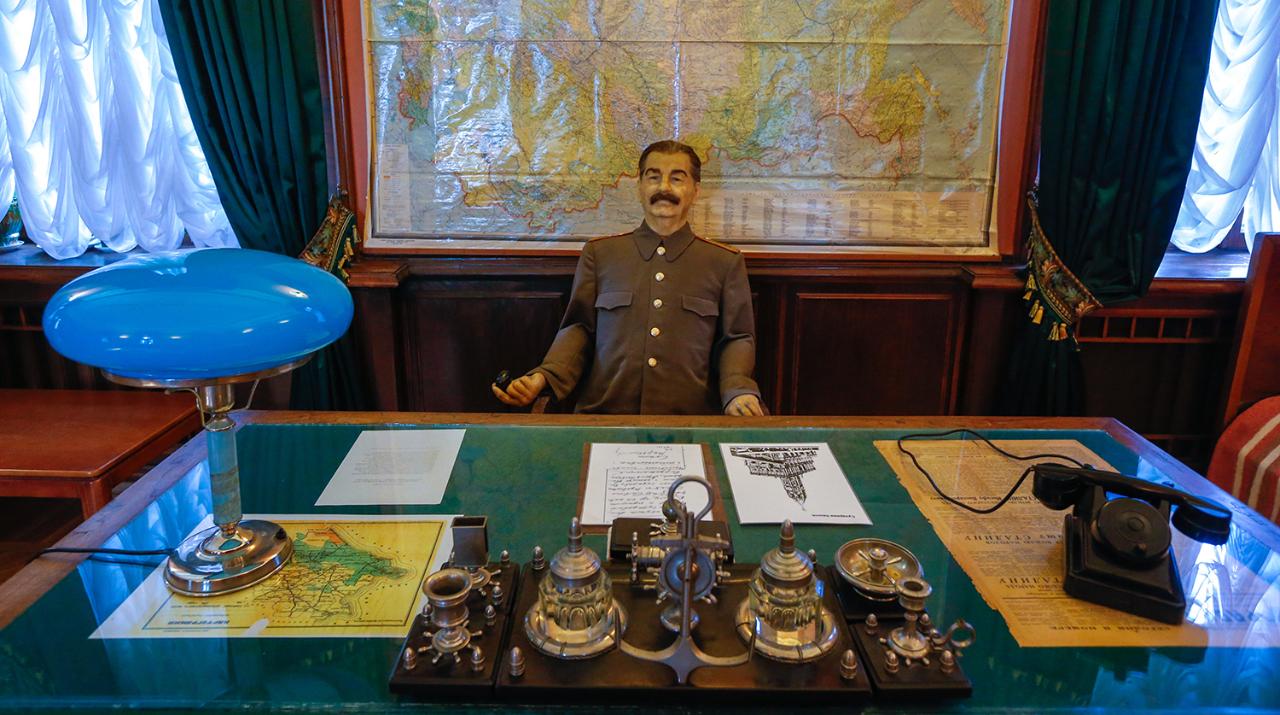
The rooms have preserved not only the furniture, but also many of Stalin’s personal belongings. Most visitors are especially interested in the study, where on the table are a telephone and writing utensils, and under the glass flooring spread important documents.
>
Not all rooms of the residence are open to the public. Because of this, some tourists, deceived by the size of the building, are disappointed to see only a few rooms during the tour. What happens in the closed rooms is still unclear, but it is rumored that they will soon be cleaned up and opened for viewing as well.
.Tours and services
To visit the museum on your own will not work, you can get to Stalin’s dacha only as part of a tour. Here take both group and individual excursions. The latter, of course, will cost more expensive. It is better to sign up in advance, as there are always a lot of people wishing to go. In the peak season guides take a new group every hour, but in spring or winter, the breaks between excursions increase.
.
The fireplace room can be booked for celebrations. And if you just want to be photographed in the interiors, you will have to pay for a photo session – 1000 rubles per hour.
.
Another service is available to visitors of the museum – the organization of a tea party. It can be ordered by groups of 4 to 8 people, the cost will be 600 rubles for each participant.
.
